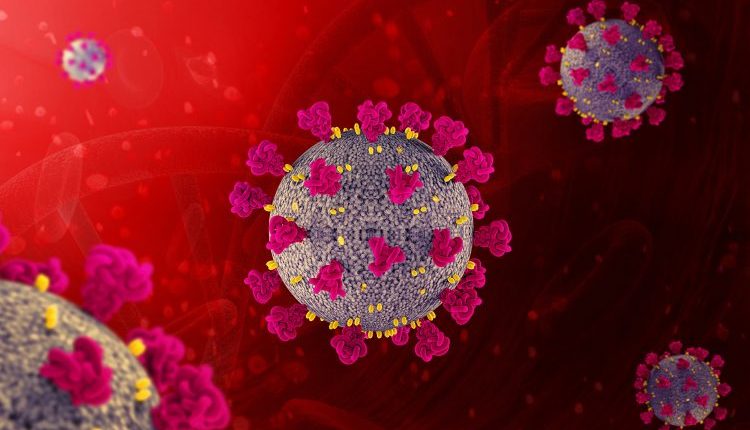Scientists throughout the world have gone into overdrive, trying to find ways to contain the spread of COVID-19. From isolating the genome code of the virus to mapping a human body’s response to the virus, humanity surely has made appreciable advances in the last few weeks. While a number of possible future vaccination options have cropped up recently, human clinical trials have just begun. And as such, we are looking at a time frame of at least 18-24 months for an approved vaccine to appear in the market.
Scientists have also been looking closely at alternatives among the present plethora of medicinal compounds available. One such drug that has generated multiple reports of being effective is Chloroquine, or hydroxychloroquine, a drug that has been used to treat malaria since 1944. Initial reports of the effectiveness of the drug against COVID-19 had emerged out of China in February.
Sun Yanrong, deputy director of the biological center under China’s Ministry of Science and Technology (MST) had claimed, that clinical evidence from over 10 hospitals in Beijing, Guangzhou and Hunan showed that COVID-19 patients treated with the antimalarial drug had a faster recovery rate. “Over 100 patients have shown no signs of side effects,” she added.
Experts from the MST, the National Health Commission (NHS) and the State Food and Drug Administration of China unanimously agreed that chloroquine phosphate is a safe drug and called for its inclusion in fight against the novel coronavirus.
During a press conference at the White House yesterday, US President Donald Trump too claimed that the drug had been approved by the FDA for treatment of COVID-19. But his statements, like most of his recent ones, was be rebuked by the FDA Commissioner Stephen Hahn who said that the agency was looking at widespread clinical trials of the drug but it was far from being approved.
“In the short term, we’re looking at drugs that are already approved for other indications,” Dr. Hahn said. “Many Americans have read studies and heard media reports about this drug chloroquine, which is an anti-malarial drug. It’s already approved, as the president said, for the treatment of malaria as well as an arthritis condition. That’s a drug that the president has directed us to take a closer look at, as to whether an expanded use approach to that could be done to actually see if that benefits patients. And again, we want to do that in the setting of a clinical trial, a large pragmatic clinical trial to actually gather that information and answer the question that needs to be answered.”
Recently, a study published in the International Journal of Antimicrobial Agents has claimed a similar combination of drugs to be effective in the treatment of the virus. A tandem of Chloroquine, along with popular antibiotic Azithromycin, has been found to produce encouraging results against COVID-19.
The research involved 30 confirmed COVID-19 patients, being treated each with either hydroxychloroquine on its own, a combination of the medicine with the antibiotic, as well as a control group of 6 people that received neither.
Out of the 36 individuals, six showed no symptoms of the disease, while 22 had symptoms in their upper respiratory tract (sneezing, headaches, and sore throats, and eight who showed lower respiratory tract symptoms (mostly coughing). 20 of the 30 individuals received treatment, and the results showed that while hydroxychloroquine was effective on its own as a treatment, the efficacy improved by a significant margin when combined with azithromycin.
The use of chloroquine with a cocktail of other drugs has proved efficient in other parts of the world as well. In India for example, doctors in a government hospital in the state of Rajasthan, successfully cured three Italian patients of COVID-19, using a cocktail of chloroquine and HIV medications lopinavir and ritonavir. The patients have tested negative for COVID-19 twice since then.
It remains to be seen whether any of the said solutions can be put to large scale use given the limited testing these alternatives have gone through, although similar reports obtained from China earlier provide a glimmer of hope.
The Tech Portal is published by Blue Box Media Private Limited. Our investors have no influence over our reporting. Read our full Ownership and Funding Disclosure →






